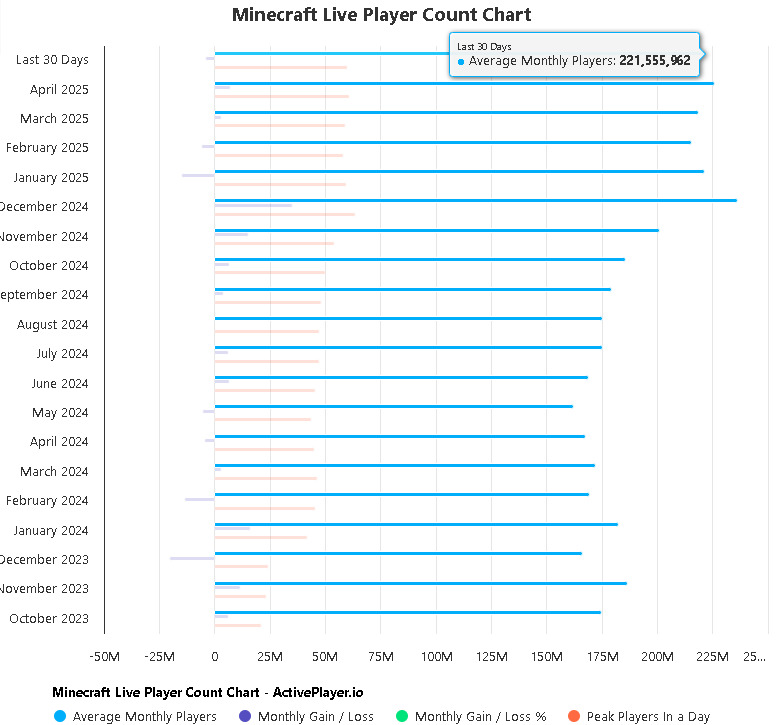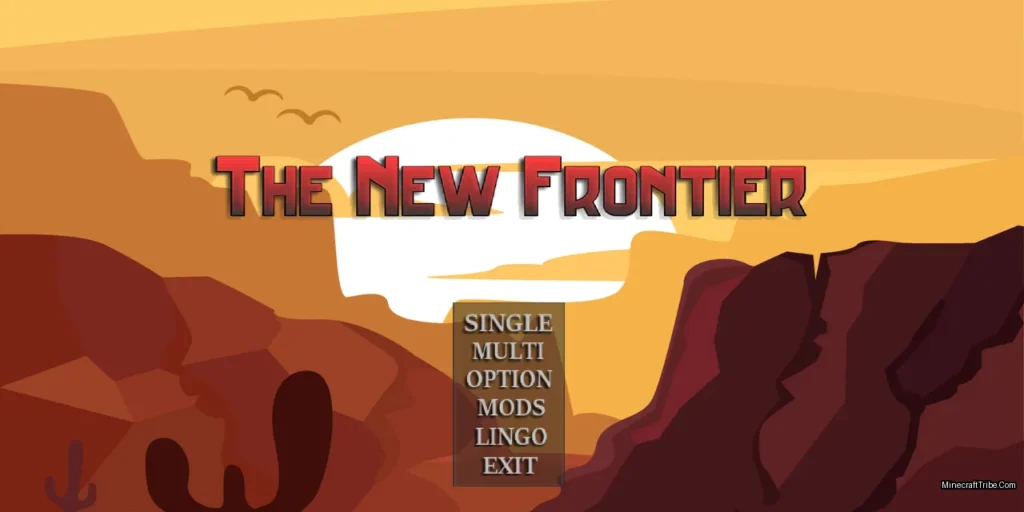In 2016, 2017, 2023, and 2024, Reddit threads and gaming forums were flooded with a recurring question: “Is Minecraft dying?” “When did Minecraft die?” Seven years later, the same question still surfaces from time to time, whispered in comment sections or asked on forums like Quora. And yet, here we are in 2025—and Minecraft is not only alive, it’s thriving more than ever before.

Just take a look at the numbers: As of April 2025, Minecraft boasts over 225.78 million monthly active users, with consistent engagement from players of all ages across the globe. Earlier reports also cite 204.33 million as a recent average, with daily active users peaking at over 55 million. These are not statistics of a dying game—they’re numbers that place Minecraft among the most played games in the world, even 16 years after its original release.

So what makes Minecraft such a phenomenon? Why does it continue to grow while other trend-based games fade into memory? Here are a few reasons why Minecraft refuses to die.
1. A World Without Limits
Minecraft is not just a game; it’s a canvas for imagination. Unlike most titles that confine players within set narratives or objectives, Minecraft hands you a pickaxe and says, “Go create.” From towering castles to functional computers built with Redstone, the only real limit is your creativity. This open-ended nature keeps players coming back, always ready to build something new or discover a fresh idea.
2. The Power of Community and Mods
Few games owe their longevity as much to their communities as Minecraft does. The modding scene has transformed the game repeatedly: adding new creatures, biomes, mechanics, even entire storylines. YouTubers and streamers continue to produce Minecraft content daily, from survival series to massive building challenges. Servers offer everything from Hunger Games-style PvP to roleplay kingdoms. Even if Mojang stopped updating the game tomorrow, the community would keep it alive.
3. Timeless Visual Style
Minecraft’s pixelated aesthetic isn’t a technical limitation—it’s a design choice that turned out to be timeless. Unlike hyper-realistic games that quickly become outdated, Minecraft’s visuals remain charming, consistent, and nostalgic. And because the game is light on hardware demands, it runs on everything from low-end phones to high-end gaming PCs. This accessibility broadens its player base dramatically.
4. More Than Just a Game
Minecraft has long outgrown its label as “just a video game.” It’s now a tool used in schools through Minecraft Education Edition, helping students learn coding, architecture, teamwork, and problem-solving. Therapists use it to engage with children in therapeutic settings. For many, Minecraft is a creative outlet, a meditative escape, or even a space to rebuild places from memory or dreams.
5. Cross-Generational Appeal
Minecraft is one of the few games that genuinely transcends age. Children pick it up easily. Adults return to it for relaxation or nostalgia. Entire families play together. There’s something deeply human about shaping your own little world, and Minecraft delivers that in a way no other game has.
6. Cultural Relevance and Media Expansion
In recent years, Minecraft has also proven its staying power beyond gameplay. From toys and books to clothing and classroom curriculums, the brand continues to grow. The release of “A Minecraft Movie” in theaters (which grossed over $900 million worldwide) brought the world of blocks to mainstream pop culture again, attracting a new generation of fans.
Final Thoughts
Minecraft is not a trend. It’s not a fad. It’s a digital sandbox that has become part of modern culture, a quiet revolution in how we play and think. As long as there are people who want to build, explore, and dream, Minecraft will continue to thrive. It’s not just surviving in 2025—it’s thriving.
And that’s why Minecraft isn’t dying. It never was.



